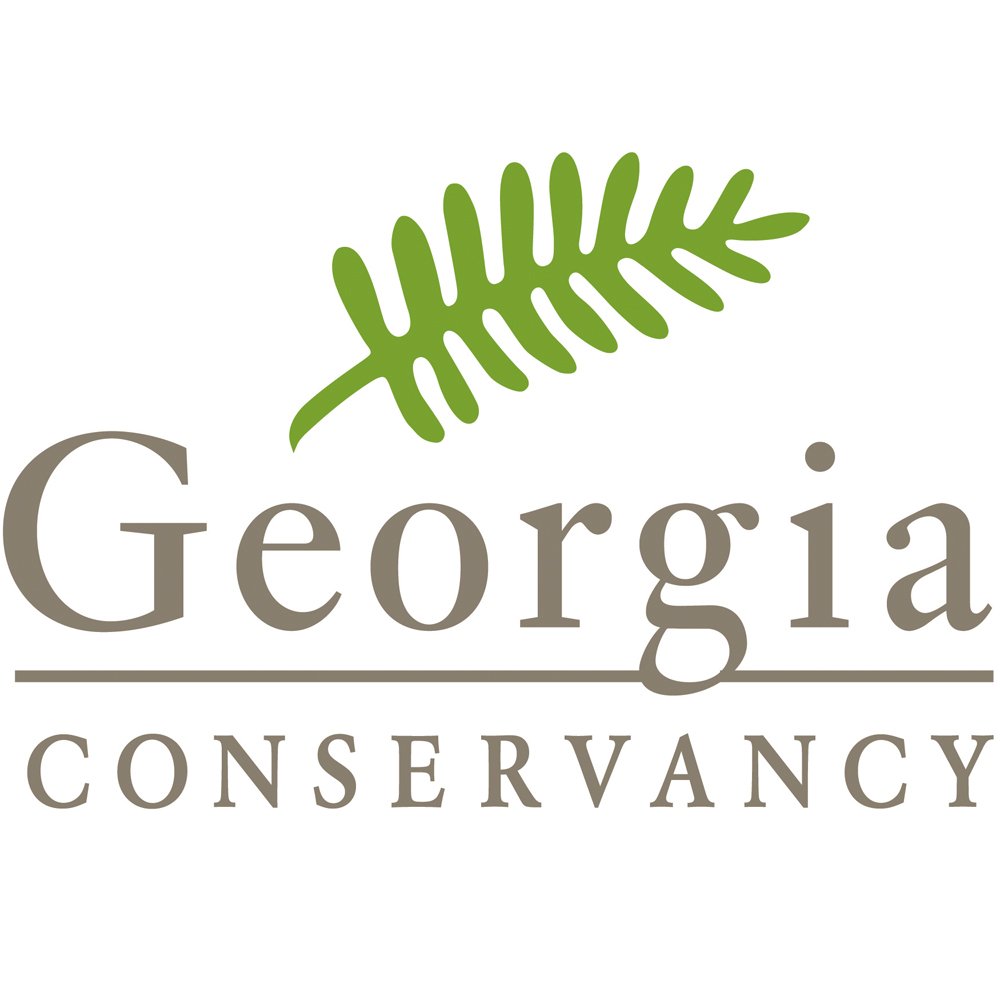The Land Conservation Initiative - A Brief History
On any given day, you can venture to the thousands upon thousands of acres of protected public lands in Georgia. From the great urban parks of Atlanta to the remote Cohutta Wilderness, from local hiking trails to the vast Okefenokee Swamp National Wildlife Refuge - it’s yours to explore.
But rest assured in knowing that these areas aren’t the only sanctuaries of conservation to be found in our state. Though you may never walk amongst their stands of longleaf pine or explore their mountain hollows, take pride in knowing that there are thousands of acres of additional lands conserved every year in Georgia. Many of these properties are only accessible to a handful of people, but these privately owned lands provide critical protection to our watersheds, house a variety of endangered species and promote the restoration of impaired ecosystems. You may never know they are there, but their influence cannot be overstated. Without the conservation and restoration of Georgia’s private lands, our state’s natural resources would have a bleak future.
When the Georgia Conservancy was founded in 1967, the environmental movement that was sweeping the nation was beginning to take root in the South. By the mid-1970s, the number of large-scale public conservation successes were accumulating – Cumberland Island National Seashore was protected, the Chattahoochee River National Recreation Area was pieced together and Sweetwater Creek State Park, through funding provided by the Georgia Conservancy, was established by the state. We take great pride in having played a part, either through advocacy or purchase, in the protection and creation of these great public parks. But the conservation of public lands such as these is growing more difficult, as our state’s current funding mechanism for conservation is not currently structured in a way that consistently provides an adequate amount of funds for large-scale land acquisition.
More than 90% of Georgia’s 38 million acres are privately owned, meaning that the protection of our natural resources will more often than not fall on the stewardship efforts of Georgia land and forest owners. If our precious, bio-diverse, and beautiful lands, farmlands and forests are to be permanently protected, land conservation initiatives that support private landowners are necessary.
With this realization, the Georgia Conservancy, in 2011, under the guidance of then-President Pierre Howard, created its current Land Conservation Program with the understanding that we cannot conserve Georgia’s natural resources and threatened habitats without a focused outreach and educational effort towards private landowners.
This unique program provides advice and counsel to landowners regarding state and federal tax conservation incentives for permanent land protection, and the options available through federal grant programs. These incentives include tax deductions resulting from conservation easements or cash payments through U.S. Department of Agriculture programs, such as the Agricultural Conservation Easement Program. The essence of our approach is to show landowners how they can benefit financially by permanently protecting their land and ensure that critical habitat will remain productive and undeveloped for present and future generations. While the landowner can face real up-front costs during the conservation process, in time, our services will save them significant dollars that make a conservation action a very appealing option.
Since the Georgia Conservancy does not purchase land or hold easements, we are able refer landowners to the qualified land trust that best meets the needs of the land and its owner. In the program’s first year, the outreach strategy generated more than 450 landowner inquiries from 100 Georgia counties resulting in eight completed transactions that protected 3,800 acres of highly bio-diverse land - from river frontage on the Tallulah River in Rabun County to wetlands along the Altamaha River in Wayne County.
Our outreach has only expanded. In our Land Conservation Initiative’s first five years, we have been actively engaged with individuals who own land of high biological diversity or with high soil quality, land which is located in an aquifer water recharge area, land that has significant habitat for wildlife protection, and land containing riparian areas. Through 2015, the Georgia Conservancy has helped to conserve or restore a total of 54,000 acres of land in 30 Georgia counties. Of these 54,000 acres, 40,000 were conserved through collaborative outreach efforts at the local, state and federal levels.
The remaining 14,000 acres were conserved thanks to our strategic outreach to private landowners. These properties were placed into conservation easements by their owners or have benefited from federal restoration programs. All of these acres have remained in private hands for the use and the enjoyment of generations of family members to come. But, most importantly, many of these acres of privately-owned lands will provide for increased habitat and range for wildlife, including endangered and threatened species of flora and fauna, and many allow for greater habitat connectivity between other conservation properties, both public and private.
The Georgia Conservancy does not see a decrease in the amount of landowners looking at conservation options for their properties. Our new strategic plan calls for ambitious, yet achievable goals that will forward a culture of land conservation in Georgia, including the full implementation of the state tax credit for land conservation, which was extending to 2021 during the 2016 legislative session, as well as the protection or restoration of 50,000 additional acres per year through 2024.
Conservation requires us all. If only decided upon by a handful of organizations or a rotating cast of lawmakers, many of whom may have competing interests in regards to our natural resources, the future of our land and water is very much uncertain. When private individuals decide that conservation will not only directly benefit the health of their properties, but also their financial well-being - all Georgians win.
For more information about our Land Conservation Initiative, please contact Georgia Conservancy Coastal Director Charles McMillan at cmcmillan@gaconservancy.org






